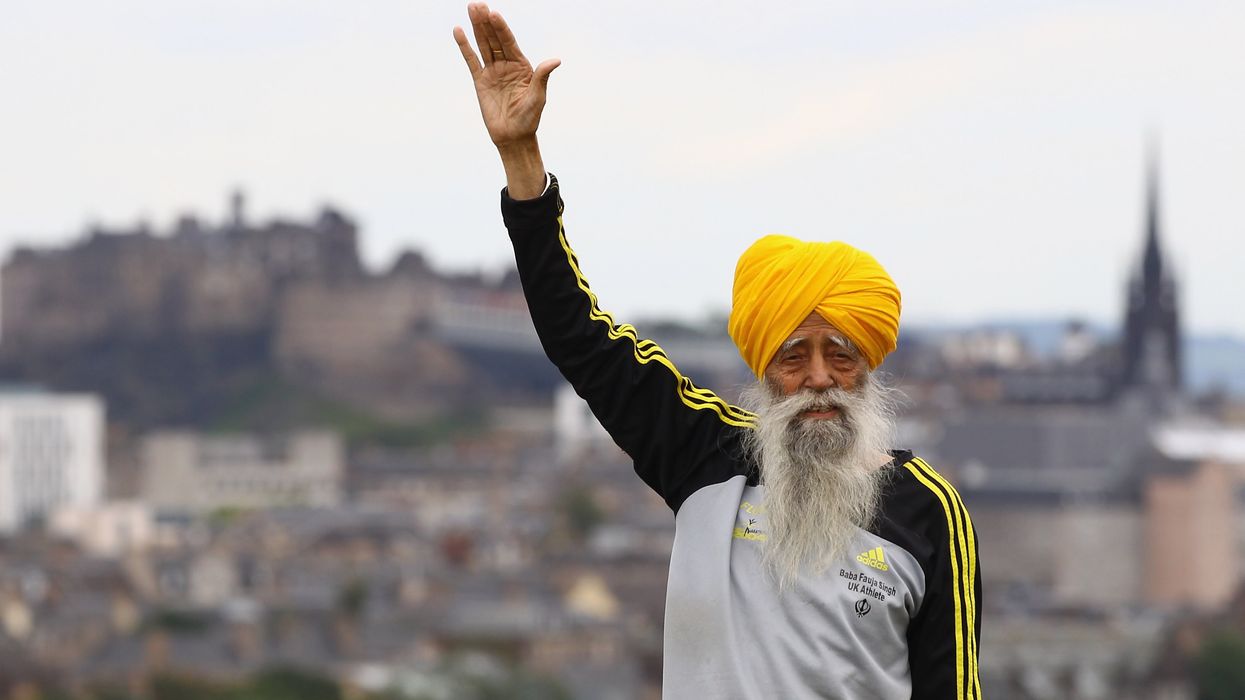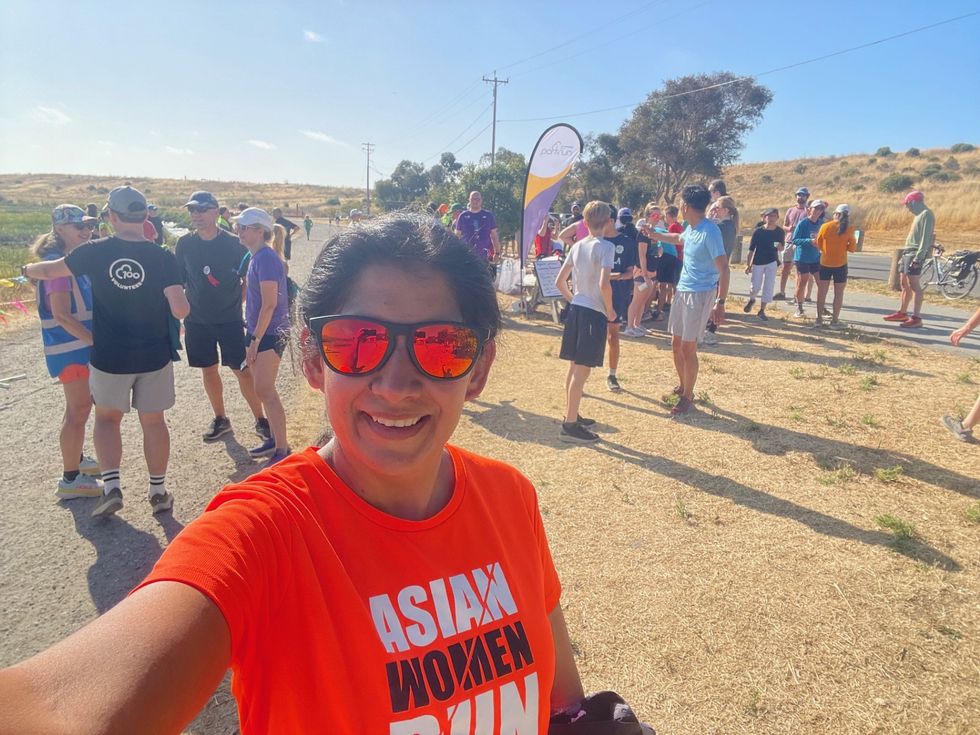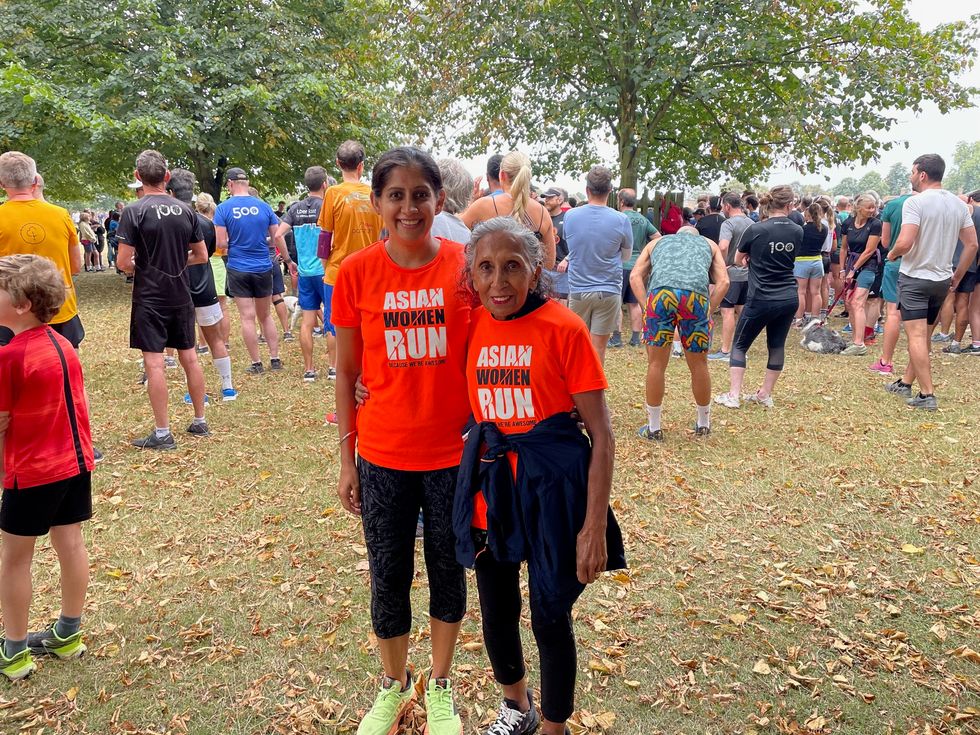Certain parts of the economy are growing at a rapid rate as technological advancement and the digitalisation of many services continues in 2023. These developments are opening up new doors for consumers and changing the ways in which we shop, find entertainment and many other aspects of our lives.
Here are some of the sectors we are seeing significant growth in this year and expect to continue to grow quickly in the years ahead:
E-Commerce
There are many obvious benefits to shopping online compared with visiting physical retail outlets. Firstly, it is much more convenient and usually less time consuming, you can access a far greater range of goods online and have them shipped directly to your door.
Another reason to shop online is the opportunity to utilise discount codes and more competitive pricing offers. Finding a bargain online is usually much easier than searching bricks and mortar stores.
One of the biggest players in the global e-commerce industry, Amazon, reached $386 billion in sales in 2022. Other huge brands such as Walmart, Target and Shopify have also been making a huge impact in the online retail sector.
Globally, e-commerce now has an estimated end-of-year worth of $1.1 trillion with one in five retail purchases now made via the internet. We can expect this to continue to grow beyond 2023 and brands continue to invest more in their online sales pipeline and less in physical retail outlets.
Online gambling
Not only do we use the internet for shopping, we also look to technology and the web when seeking fast, convenient entertainment and escapism. Why take a trip out to a land based casino venue, when you can access a far greater range of classic games like poker, blackjack and slots from the comfort of your own home?
In recent years, the online gambling industry has become more competitive, with a greater number of operators bringing games to players. There has also been increased focus on data privacy and ensuring players have a safe and secure gaming experience.
The mobile sector in gambling has seen significant growth, as access to smartphones and high speed internet has enabled more people to play casino games, including live games, via mobile apps and browsers while on-the-go.
It has been predicted that by the year 2027, the online gambling industry will be worth more than $127 billion dollars worldwide. Over the next few years we can also expect to see more online gambling businesses investing in newer technologies, such as virtual reality, artificial intelligence and augmented reality to bring new exciting experiences to customers.
Fintech
There have been a number of new fintech startups that have emerged over the past few years and these have expanded rapidly, disrupting traditional banking and changing the way many of us manage our finances.
Industry leaders like Revolut and Stripe have made banking and financial transactions far more convenient and accessible, investment in these types of services continues to gain traction. Technological advancements including artificial intelligence and the blockchain have created more opportunities for businesses to develop finance innovations.
Research suggests that the Digital Payments sector will see the number of users increase to more than 5.48 billion users by 2027. Overall, the global fintech market is expected to be worth at least $305 billion in just two years time.
Renewable Energy
The climate crisis and growing concerns for the environment is spurring on investment in renewable energy. Both governments and large corporations are putting money into developing clean energy sources and becoming less reliant on fossil fuels for power.
Tesla is one of the leading global brands in this sector and is expanding its range of electric cars and other renewable energy related income streams. Nextera Energy and First Solar are also examples of leading brands investing heavily in renewable energy for homes and businesses.
It has been predicted that by 2025, the global energy market will be worth $1.5 trillion US dollars. Energy is essential to our way of life and so investment is clean and sustainable sources is only set to increase in 2023 and the years ahead.
Cybersecurity
Lastly, we are seeing an increasing number of cyber attacks and cyber threats that are becoming far more sophisticated and damaging to organisations. Therefore increased investment is needed to protect networks and keep data secure.
Cybersecurity is essential in all sectors, including government and Critical National Infrastructure. Cyberattacks have been known to disrupt essential services such as water supply, telecoms and health service provision.
This year the cybersecurity industry is expected to reach $248 billion dollars in size globally.





 Minreet Kaur
Minreet Kaur 











 Heehs describes two principal approaches to biographyAMG
Heehs describes two principal approaches to biographyAMG


Which industries could expect growth in 2023?